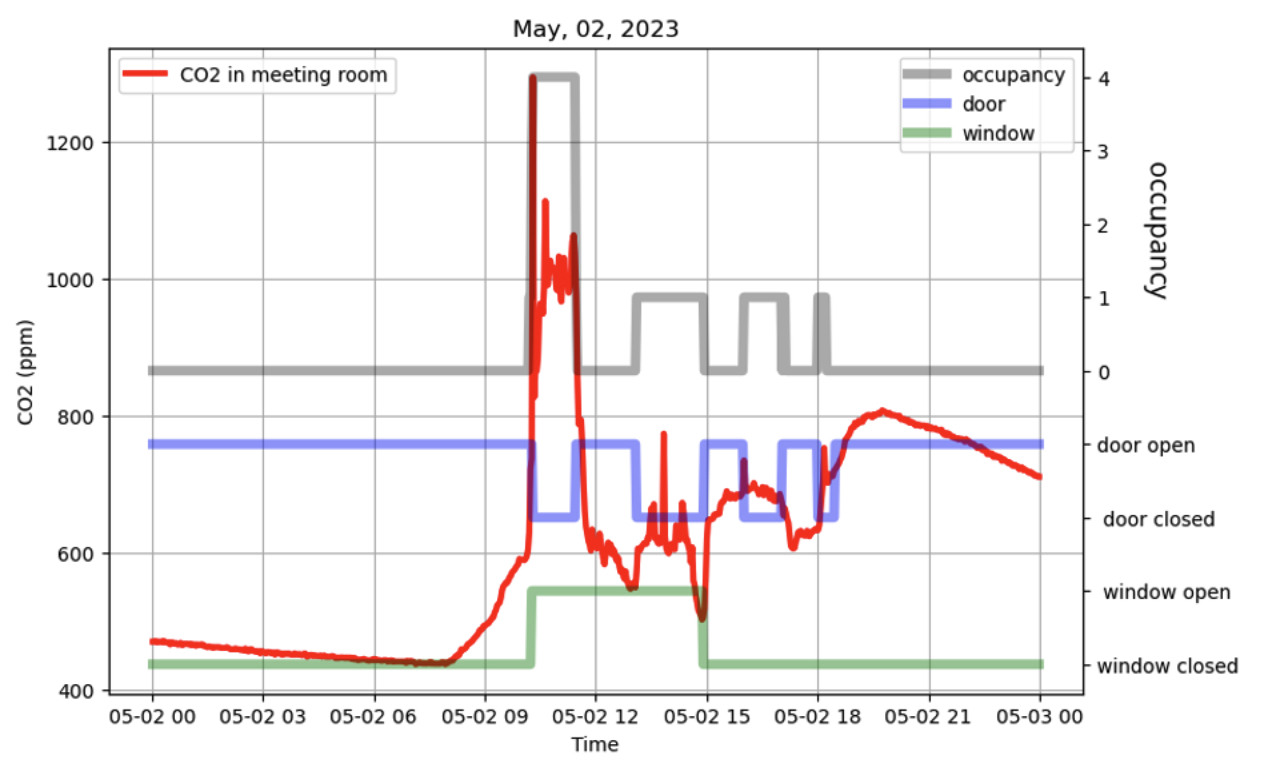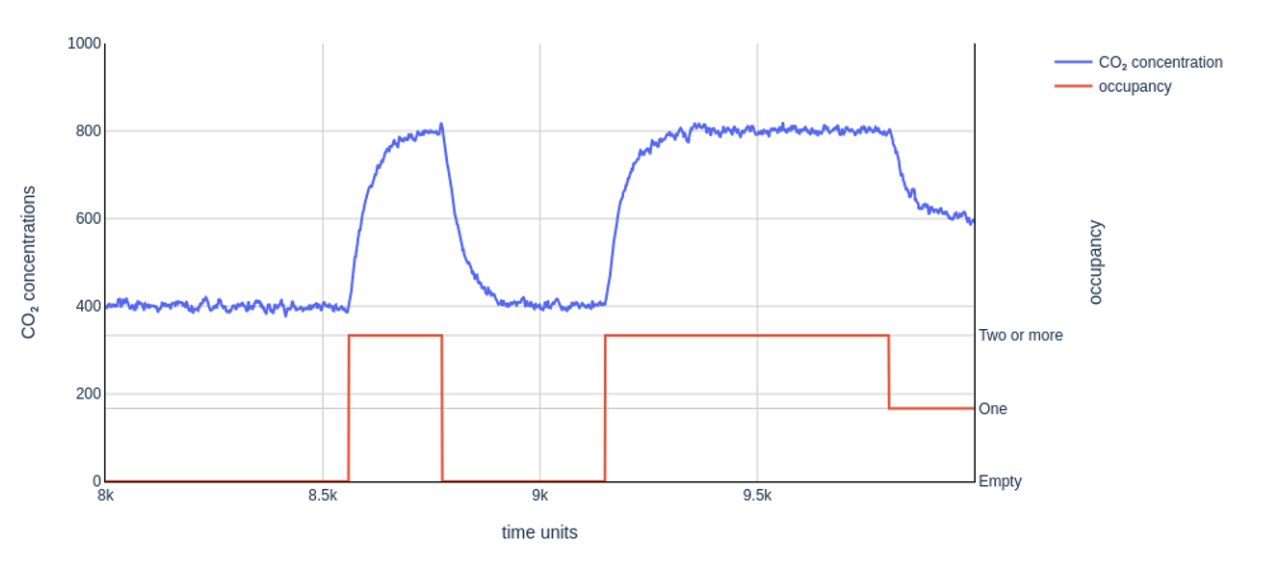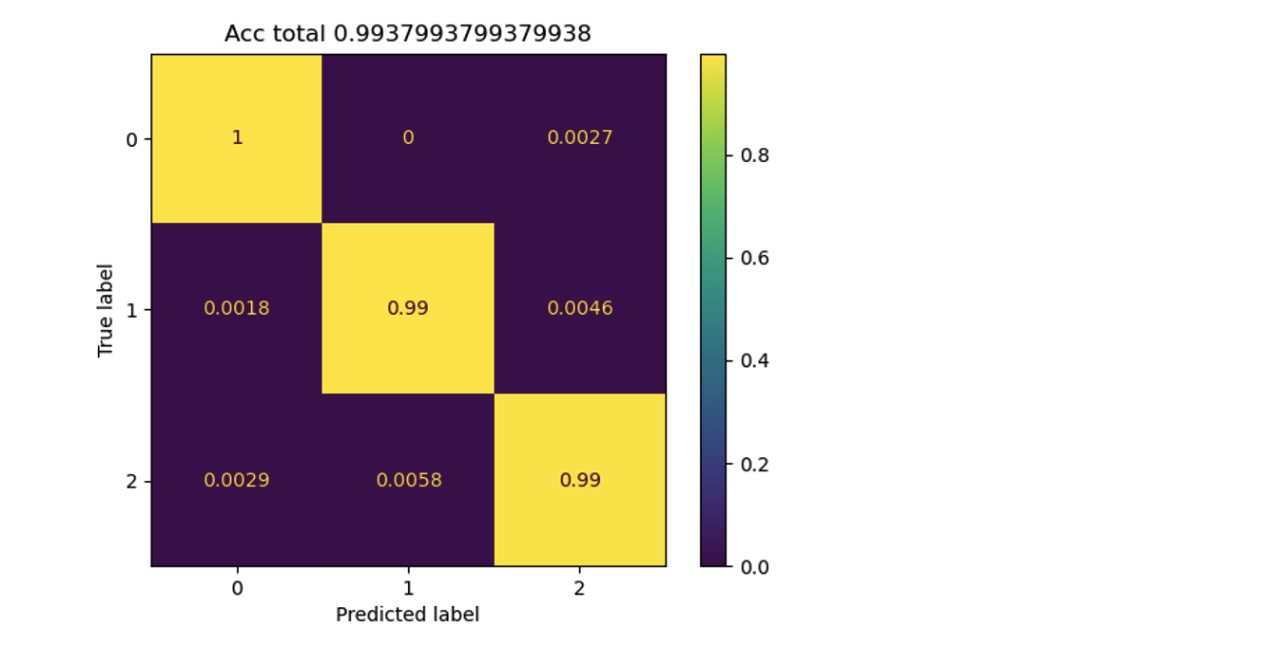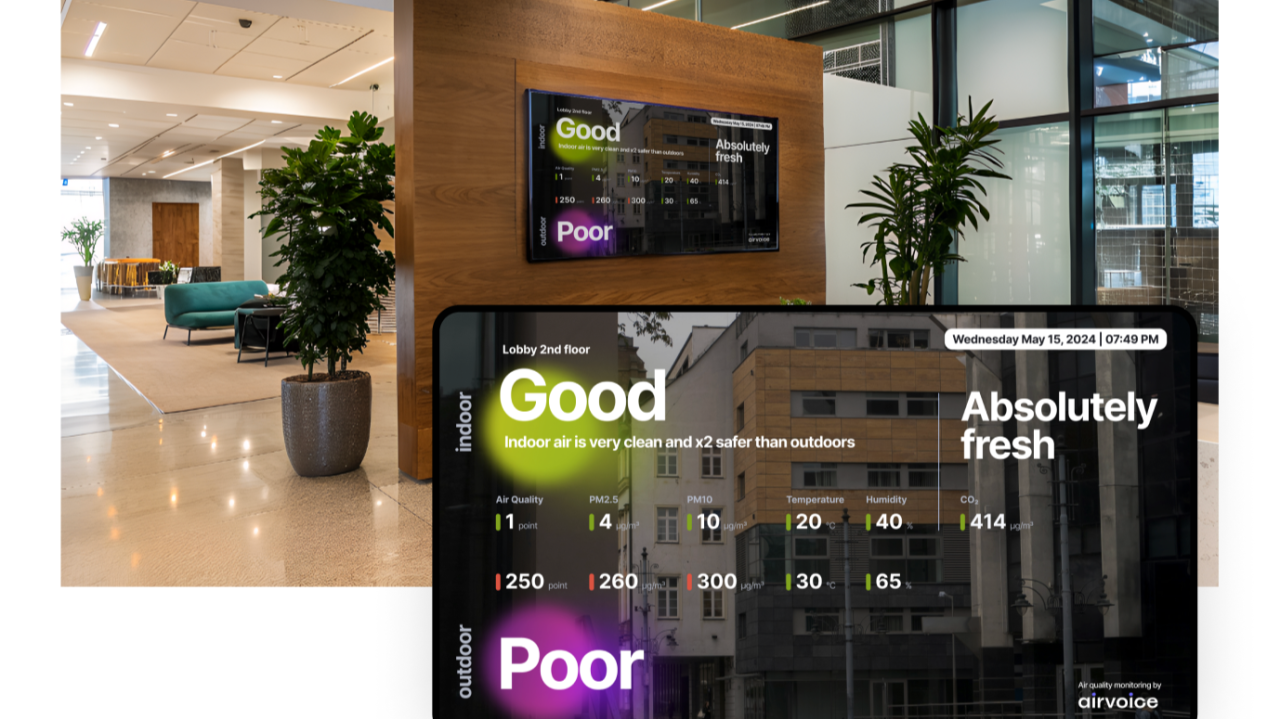As we previously shared, we have embarked on a joint research with the University of Arizona. Within this project, we leverage the synergy of the UofA’s expertise in modeling complex processes and Airvoice’s experience in monitoring and analyzing air quality, both inside and outside buildings. Our goal is to create algorithms for automatic real-time analysis of air quality measurements and, consequently, to develop an automated service for ventilation and/or air conditioning recommendations — a service that would suggest the necessary actions to ensure optimal indoor air quality and safety while minimizing energy consumption and costs at the same time.
In the past, we performed limited analysis of separate data streams from temperature (T), humidity (RH), carbon dioxide (CO2), and particulate matter (PM2.5, PM10) sensors installed indoors and outdoors. Based on this analysis, carried out for the specific location and time, we could assess the state of air quality and safety, identify issues, and suggest measures to address them.
Our aim is to make this process fully automatic, i.e., make it a working technology. The first (and, probably the most important) step is to learn to infer room occupancy based on indoor T, RH, and CO2 measurements (other sensors, if present, can be used as well).
Why occupancy?
- The quality of indoor air is of interest to us not in itself, but multiplied by the number of people who breathe it.
- Based on the reconstructed data, we can infer occupancy "patterns" for the room/location and thus predict future occupancy, which helps us suggest proactive measures to improve HVAC system operation.
- Not only people exhale CO2, directly changing the air quality, but human breathing may also facilitate the spread of infections — a fact that does not require additional explanations in the post-COVID world. Thus, knowing (or estimating) the number of people in the room helps us assess the risks of virus and bacteria transmissions.
- We need a starting point. The automatic on-line occupancy inference from air quality measurements is a well-defined task from which we can start moving towards achieving a balance between indoor air quality and energy efficiency.
What we have done so far?
- Collected and processed (i.e. labeled) datasets of air quality measurements for several office spaces (see Figure 1).

Figure 1: A fragment of data on carbon dioxide levels as a function of time in a given room. Occupancy and ventilation status are also shown.
- Proposed a stochastic model (using Markov process) generating synthetic data on dynamics of carbon dioxide levels and other air quality parameters as functions of occupancy and ventilation mode, as well as other room data (such as door or window opening). The model is tested against the real-life data and its validity is confirmed (see Figure 2).

Figure 2: A sample of synthetic data on carbon dioxide concentration generated by the dynamic model.
- Applied machine learning techniques to determine the relationship between room occupancy and air quality measurements. To train the learning model, we used both actual room data and synthetic data generated by the stochastic model. The results look very promising (see Figure 3).

Figure 3: The accuracy of occupancy detection using machine learning methods.
What’s next?
- We will include the occupancy parameter in our air quality and safety indices in the Airvoice Indoor Air Quality Management System (AIAQMS).
- We will start solving more complex problems, such as developing AI-based algorithms for automatic generation of recommendations on improving air quality (actionable insights) and HVAC control algorithms.










